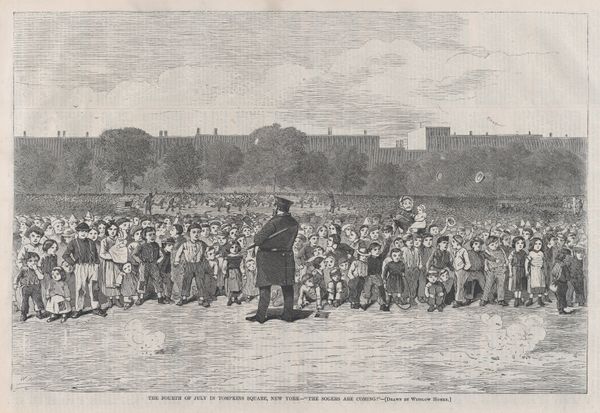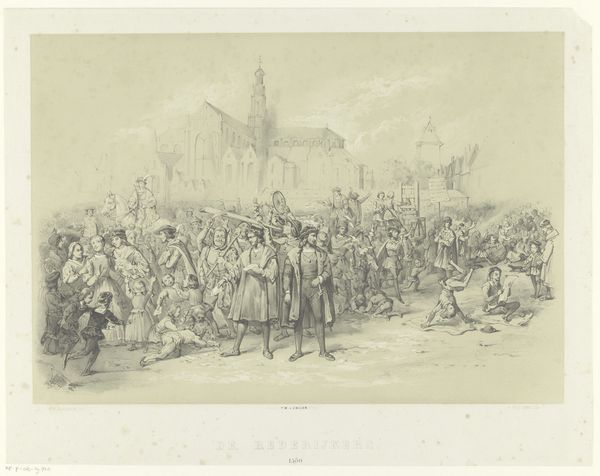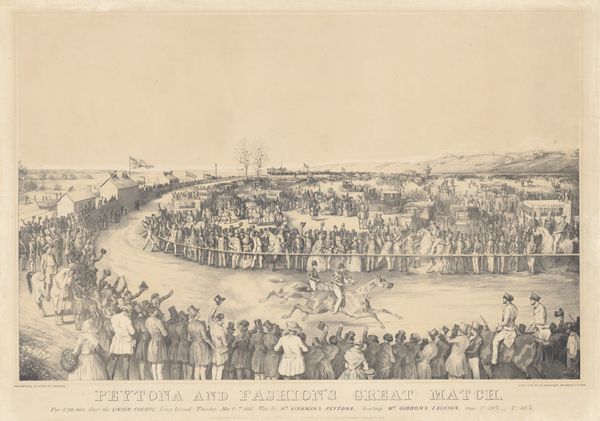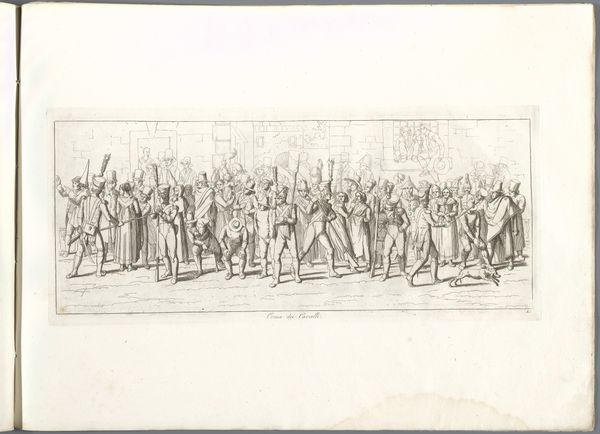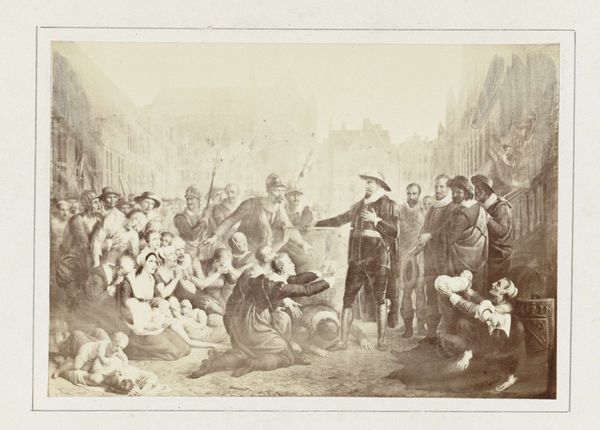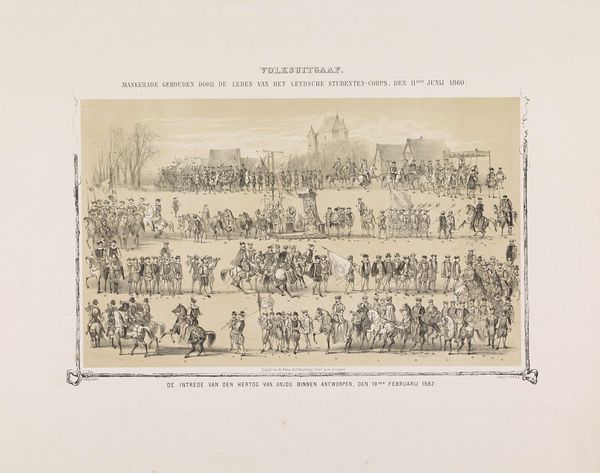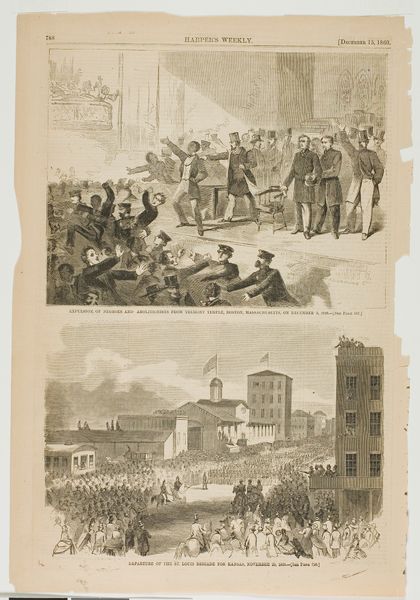
print, woodcut, wood-engraving
# print
#
landscape
#
etching
#
woodcut
#
united-states
#
genre-painting
#
wood-engraving
Dimensions: 9 1/16 x 13 11/16 in. (23.0 x 34.8 cm)
Copyright: Public Domain
Editor: So this is Winslow Homer's "The Fourth of July in Tomkins Square," from 1868. It's a wood engraving, and there's a real energy in the depiction of the crowd. What's most striking to you about this piece? Curator: The print's historical context is compelling. Published shortly after the Civil War, it reflects a nation grappling with its identity. Observe the division between the children and the adult figure of authority; it subtly highlights a society attempting to redefine itself amidst the Reconstruction era. What power dynamics do you observe? Editor: Well, the uniformed man clearly stands apart. His gaze directs the crowd of children. Do you see this separation reflected in societal debates? Curator: Precisely. Tompkins Square itself was becoming a flashpoint. A site of increasing tension due to rapid urbanization and economic disparity. This image offers a window into the social stratification and the anxieties of the time. The presence of so many children, engaging with displays of nationalism like firecrackers, is really fraught if we view them as future voters. How does that shift your view? Editor: It casts a different light, almost like they are being groomed to see power, in this show of celebration. I hadn't thought about it that way at all. Curator: Right. Art isn’t just representation; it actively shapes our perceptions and solidifies, or even disrupts power. Editor: It makes you realize how images play a huge role in how we engage with historical narratives. Curator: Exactly. And understanding that makes us more critical viewers.
Comments
No comments
Be the first to comment and join the conversation on the ultimate creative platform.
